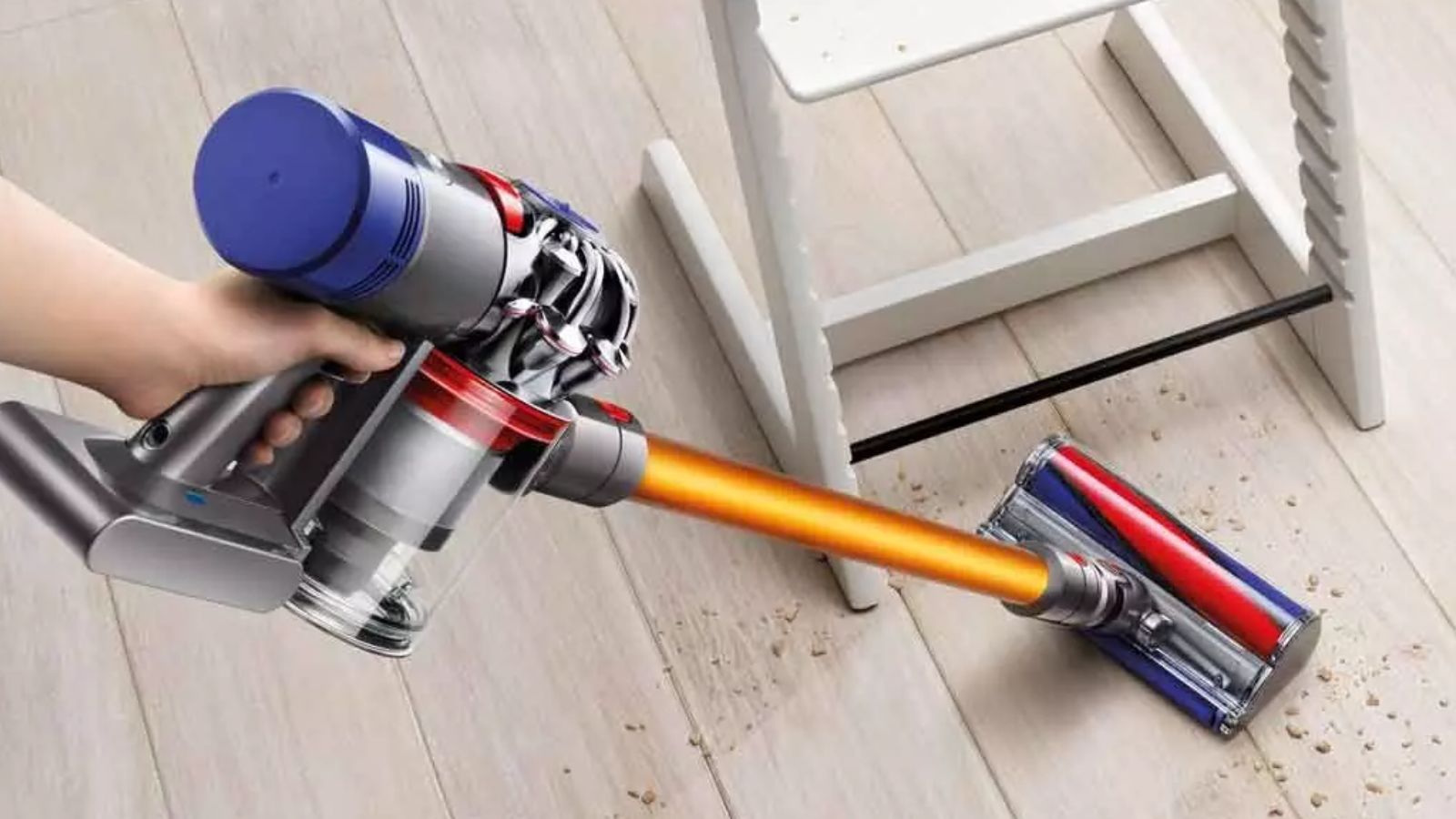
For decades, Dyson vacuums have been banishing all manner of dust and dirt from our homes. They're certainly among our favorites here at Homes & Gardens, and from the 200+ hours I've spent testing vacuums, it says a lot that I only use a Dyson in my own home.
But even the best-of-the-best can break sometimes. I spoke with vacuum engineers who repair and service the best Dyson vacuums every day to find out what the most common issues are, and how to adjust your cleaning habits to prevent them from happening to yours.
The 4 most common Dyson faults vacuum engineers fix
1. Battery issues
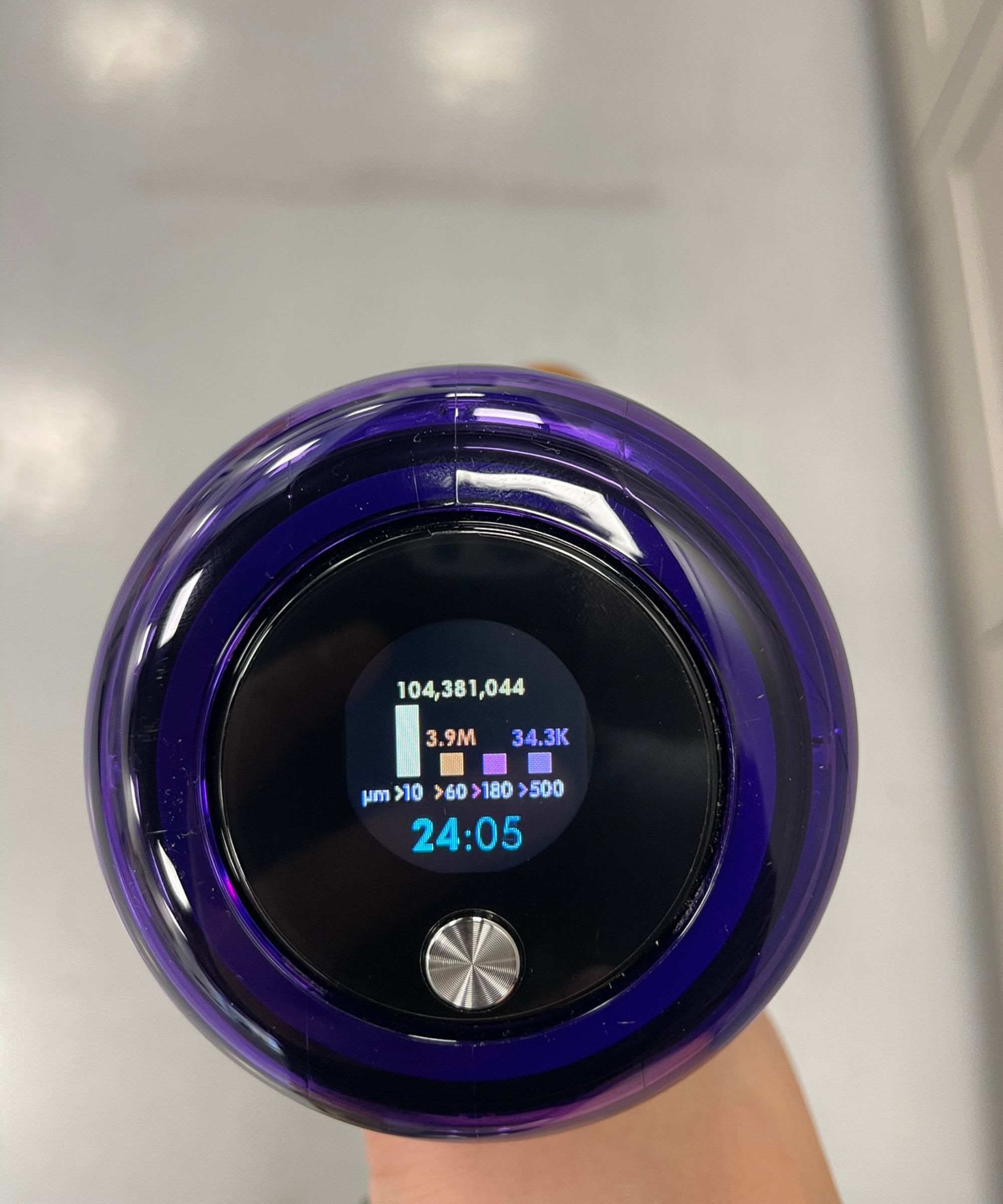
Batteries not charging or reaching the end of their lifespan is one of the most common issues Dyson owners need fixing. Jade Gillham, owner of Avon Domestics, a vacuum repair store that fixes Dyson vacuums almost every day, explains, 'When I say we do a lot of batteries, that’s because the Dyson cordless is probably the most common Dyson out there. It is a bit like a laptop, after four or five years, it could do with a new battery.'
All of the best cordless vacuums, Dyson or not, will run into this problem as it's an unavoidable aspect of using a rechargeable battery. Jon Bright, field service engineer at Brights Vacuum Specialists, elaborates, 'You’ll get half an hour when it’s new, then it will whittle down to 10-15 minutes, then it will be a very short time, then it’ll need replacing.'
Unfortunately, cordless Dyson vacuums, even their most advanced Dyson V15 Detect, cannot be used while connected to the charging cable, so once you reach this point, it's time for a replacement. But Jon urges caution when looking for battery replacements, explaining, 'Dyson parts aren’t particularly cheap. You can go on Amazon and find something cheaper, but that is not the same as a genuine Dyson part.'
When replacement Dyson batteries cost around $100-$150, and a battery available on Amazon can be found for around a quarter of that, it's understandable that many of us would prefer to save the money, but this is a major vacuum cleaner mistake that can cause serious damage down the line.
'I’ve taken them apart to dissect what’s in them. A genuine Dyson battery has between 4-6 battery cells, and if you break open an Amazon one, you’ll only get 2-3 cells in there,' Jon explains, adding, 'That puts an awful lot of strain on the charger, and in a few months the charger doesn’t work. It’s also quite dangerous and could potentially cause fires.'
So, even though an Amazon battery might seem like a good money-saving solution if your Dyson battery is failing, it might cost you more on future repairs. But as a replacement battery is an inevitable purchase for a Dyson owner, I'd recommend buying one now. You can reap the benefits of having two batteries, doubling your cleaning runtime between charges and transforming your weekly cleaning habits.
Replacement batteries are available for every cordless model direct from Dyson.
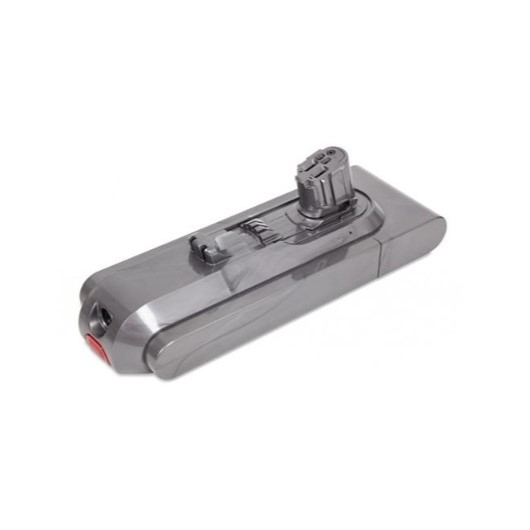
Double your cleaning runtime and your vacuum longevity by buying a spare battery, available for the V6, V7, V8, V10, V11, Outsize, Omni-glide, V12 Detect Slim, V15 Detect, Gen5detect, and Gen5outsize.
2. Filters causing electrical issues
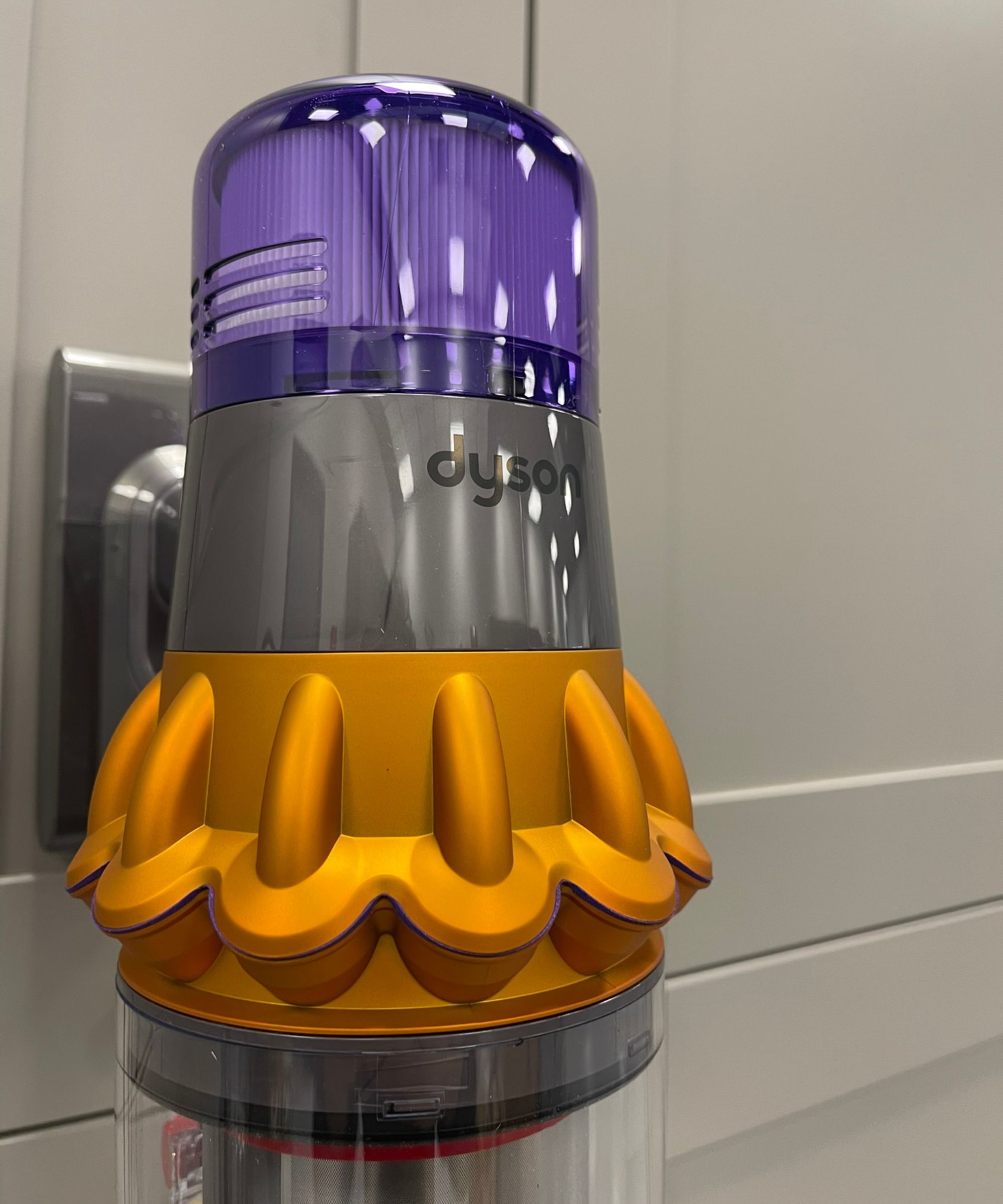
Cleaning a vacuum filter is essential vacuum maintenance, and fortunately for Dyson owners, all of their HEPA filters are washable. It's what makes them some of the best vacuums for allergies.
'You can wash them as frequently as you want to. I always recommend every six months, but you could do it once a month if you use it often,' Jon explains.
'But what’s important is those washable filters are left on the radiator for 48 hours to make sure they’re completely dry,' he adds. 'Because the suction is so powerful, any damp in the filter is then sucked into the complex parts of the machine.'
This is especially true for cordless Dysons with their complex and delicate motors, circuit boards and sensors – particularly the Dyson laser vacuums and their smart dust detection technology.
'I recommend to my customers to buy a second Dyson filter so you can swap them out when one is drying. Then, you can change them as often as you want and leave them drying for as long as possible,' Jon advises.
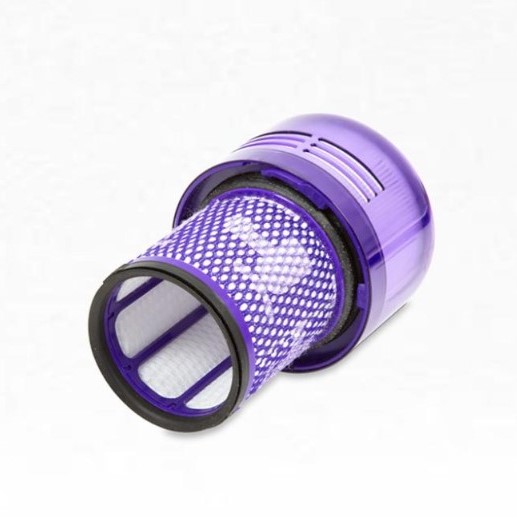
Dyson's HEPA filters always need looking after. You can find spare filters for your cordless Dyson, upright Dyson, canister Dyson and handheld Dyson, so that while one is drying, you can still use the vacuum. They cost as little as $11.99 depending on the model.
3. Rollers not turning
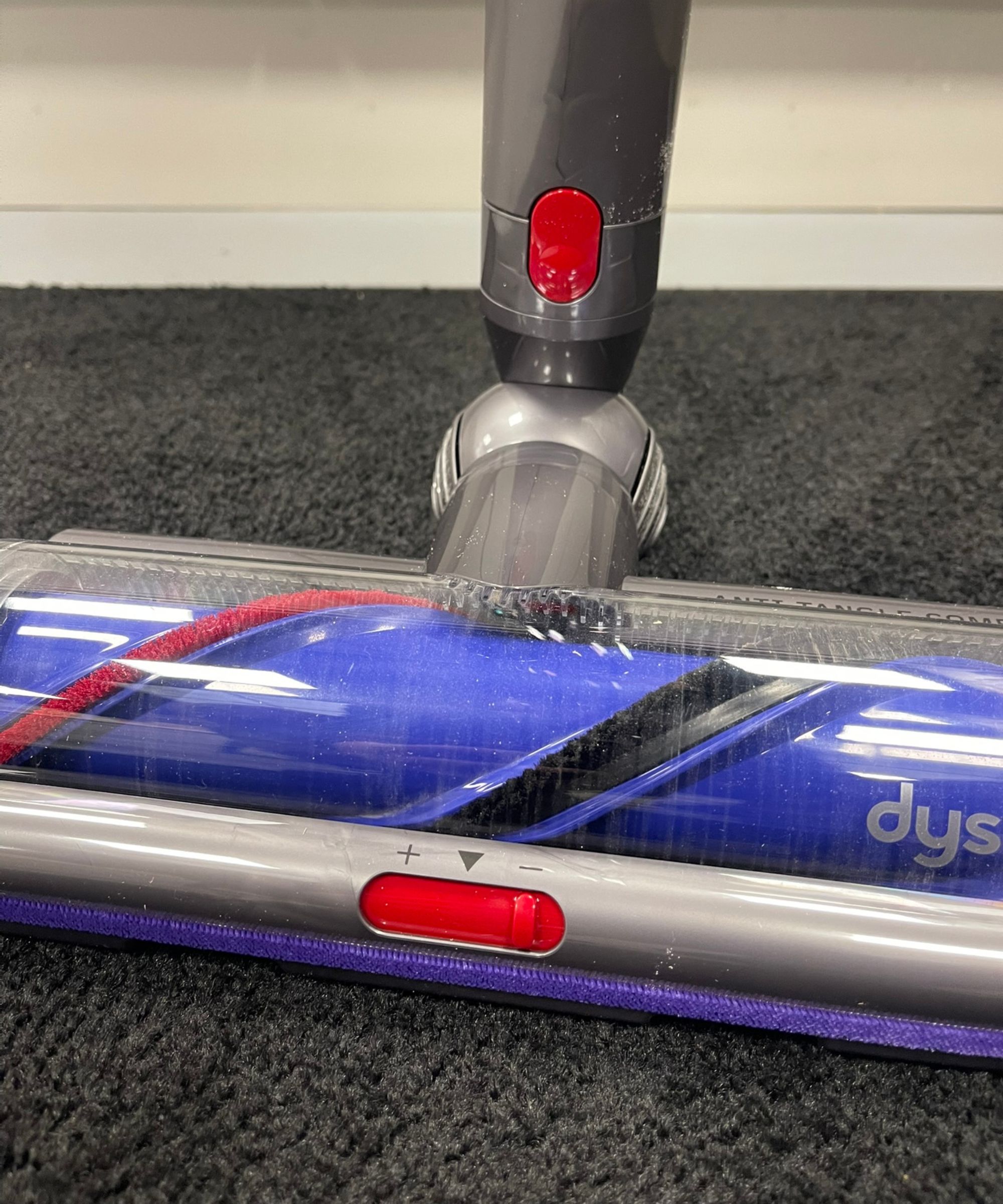
Brushrolls are responsible for pulling up dust, dirt and hair from our floors. They spin at hundreds of rotations each minute, and with all of this impact, they're bound to stop working over time (more on this in our vacuum jargon buster).
But there are steps you can take to prevent this issue from arising, as Jade Gillham explains: 'Sometimes it’s because people have picked things up that are wet or have gotten water on the carpet and sucked it up, blowing the motor inside.'
Once the brushroll breaks, it will struggle to vacuum carpet, where these spinning bristles are needed to dig out stubborn debris. Other than avoiding vacuuming anything wet, Jade recommends cleaning your Dyson vacuum head as often as possible, 'The main thing I recommend to keep the roller working is to make sure it’s always clear of hair and thread, which rollers often get caught up with. Turn it over and cut the threads and hair out of there.'
The best vacuums for pet hair avoid this issue completely, including most newer Dysons like the Dyson Gen5detect. If yours never gets wrapped with hair, make sure you're cleaning your vacuum as often as you can to avoid strain on the internal parts.
4. Blockages
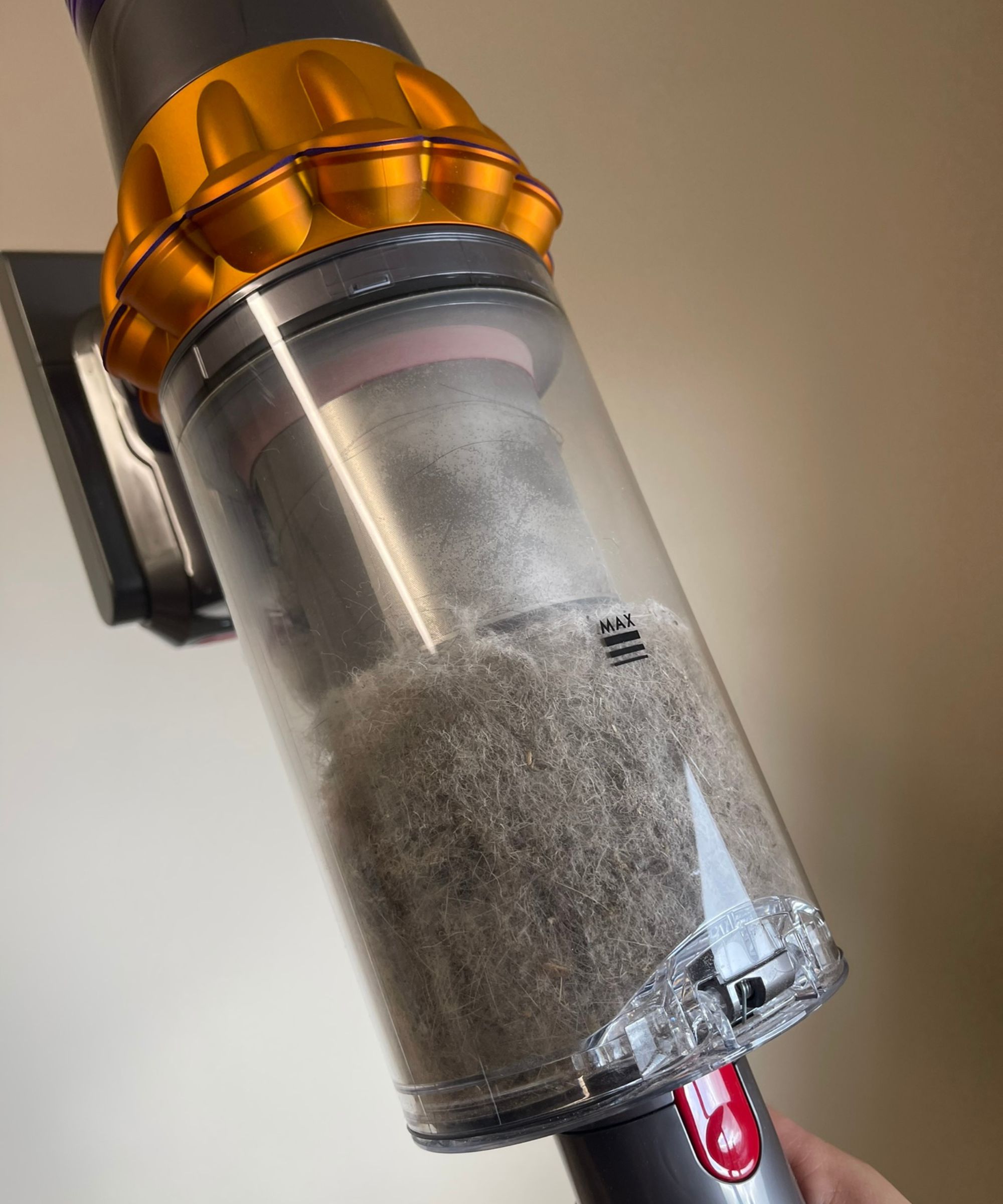
A blockage is one of the most common reasons resulting in your vacuum losing suction power. 'Certain models are unfortunately quite small and compact, so blockages do happen. You only have to pick something up that’s slightly too big,' Jade shares.
She continues, 'It's just a case of emptying the dustbin as often as you can. Once you go past the point it should be emptied, then it starts to clog up internally, so I recommend emptying the vacuum after each room of the house.'
It might seem like overkill but once your vacuum has an internal blockage, that won't be something you can fix at home. Taking this precaution will avoid unnecessary repair costs down the line.
FAQs
Are there unavoidable Dyson faults?
Dyson changed the design in their newer upright vacuums like the Dyson Ball Animal 3. 'Instead of using a belt that runs from the motor to the brushroll, it has a separate motor in the base, because of the ball design,' Jon explains. 'Because you’re bending the machine up and down, these two little wires called the yoke cables often snap, and that’s when you get the brushroll not turning.'
This is completely unavoidable as you can't use a vacuum without reclining it every time, but it's good to be aware of if yours ever breaks. 'They used quite a stiff cable in the earlier days, but I see now when I’m replacing them, it’s more of a rubber material. So they’ve worked on that to make it more durable and flexible and it will last longer with a replacement yoke cable.'
There's also a common issue with cordless Dysons that use a trigger, like the Dyson V8, our favorite budget Dyson. 'I’ve filled a bucket of these triggers just in the last month,' Jon shares, adding, 'And it’s just from a hairline crack. It isn’t an electrical or user issue, it’s a mechanical fault.'
Are Dyson vacuums durable?
Luckily, even with a few unavoidable faults, Dyson vacuums are designed to be repaired. Dyson have planned for mechanical faults and have made it easy to fix and reassemble machines when they come up.
'With Dyson, they’ve got these faults, but the parts are accessible. I always describe it as a Lego set,' says Jon. 'There isn't usually a long waiting time on parts, and they have videos so you can fit it yourself. They are going towards "let’s not throw it away, let’s fix it."'
This sentiment isn't shared in some competitors, particularly when comparing Dyson vs Shark, as Jon outlines:
'Shark only supplies six or seven parts and they’re huge. If you get a cord issue, for example, you have to buy the whole Motor Body Assembly, which will cost you a lot, even though you should be able to buy the cord for a third of that. They’re not dissecting all the parts.'
Next, find out when it's time to replace your vacuum, and how to choose the right vacuum for your home and lifestyle.







